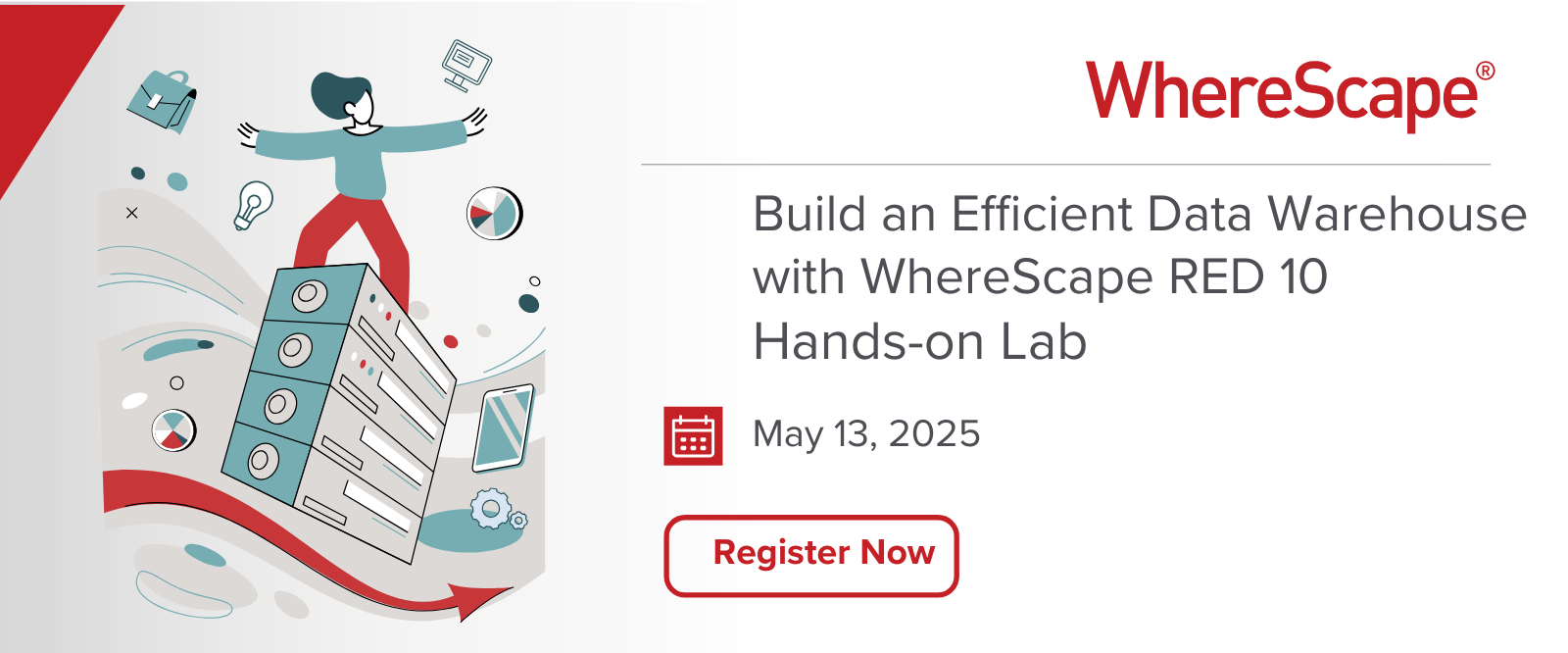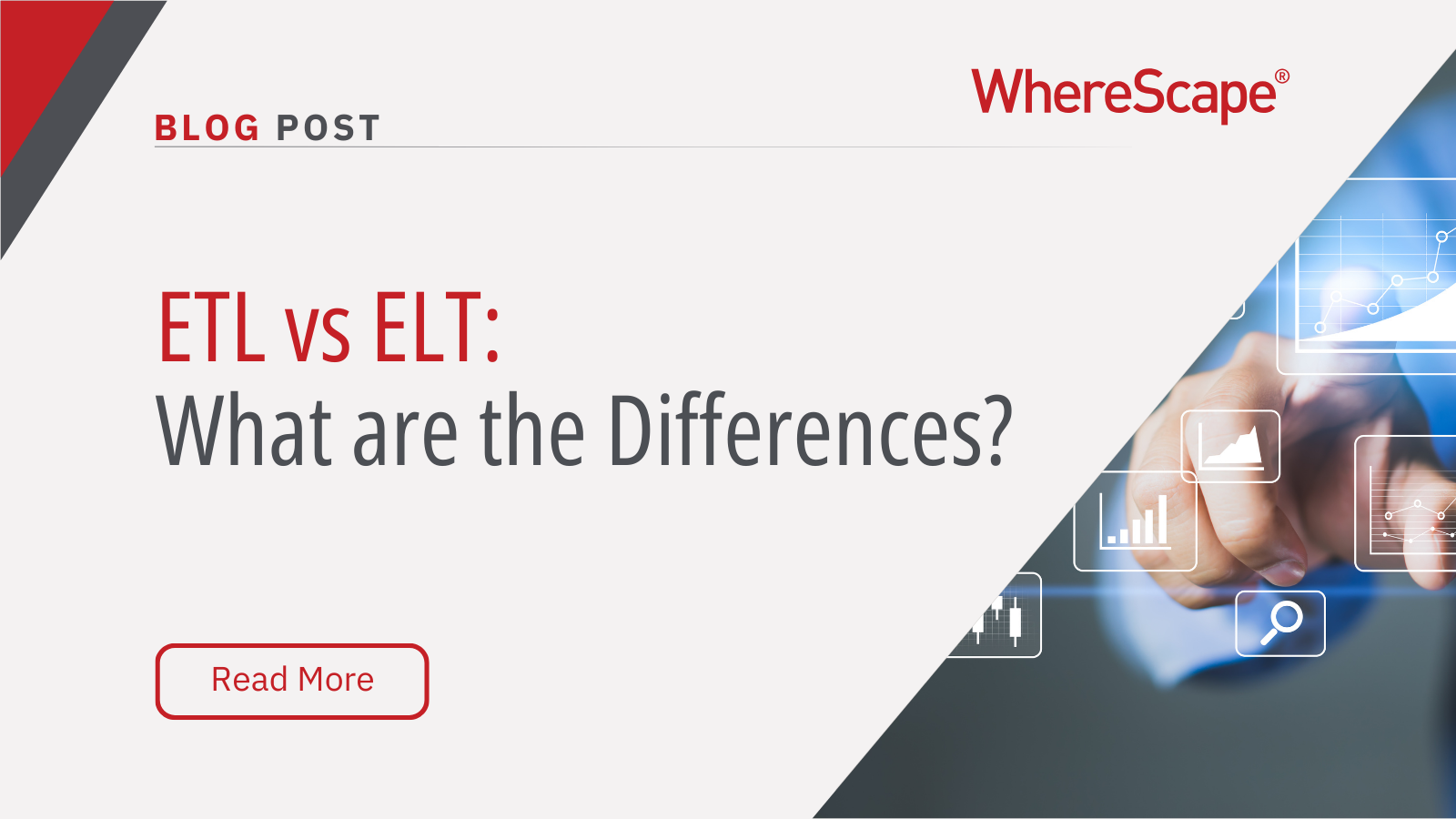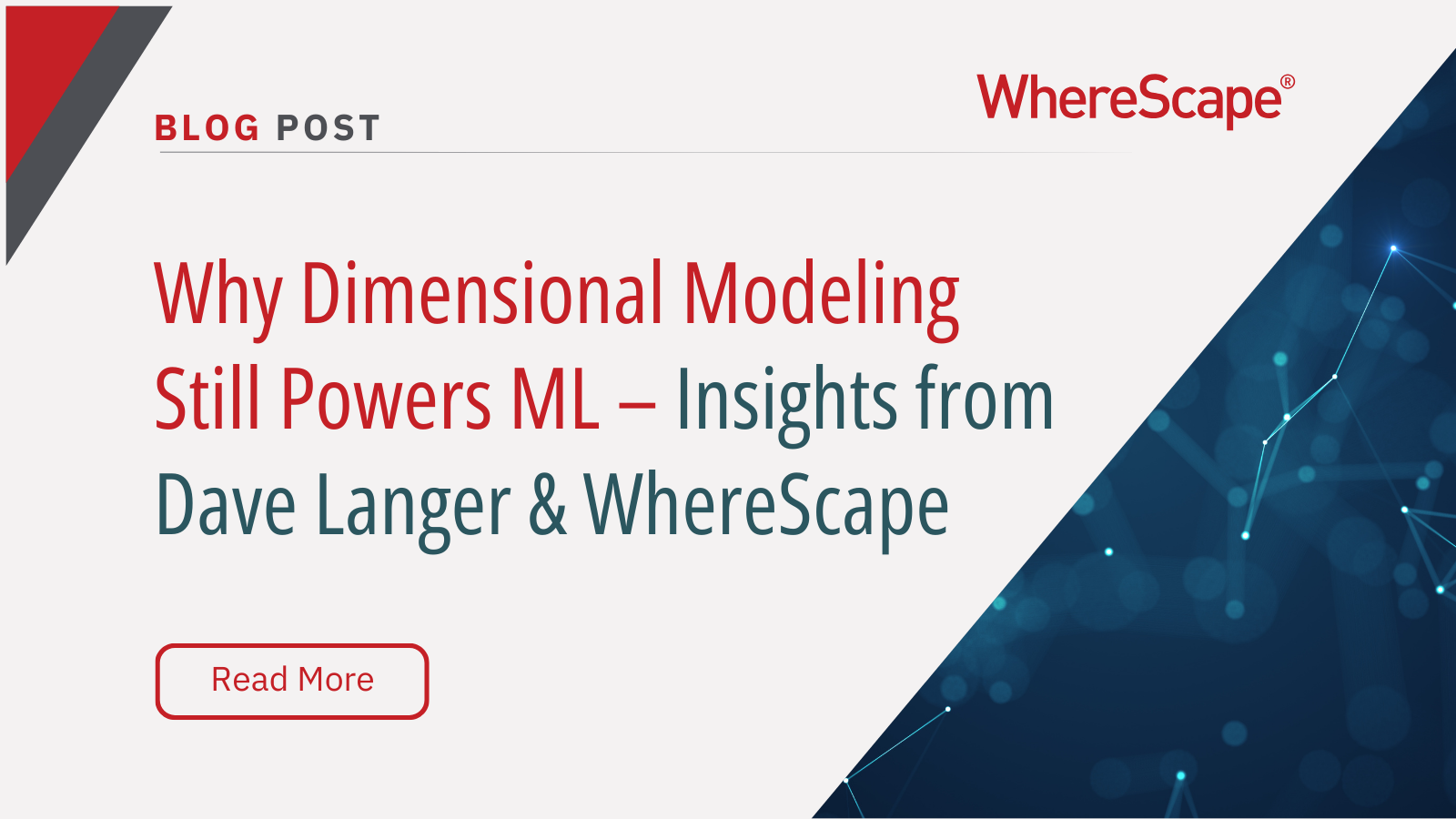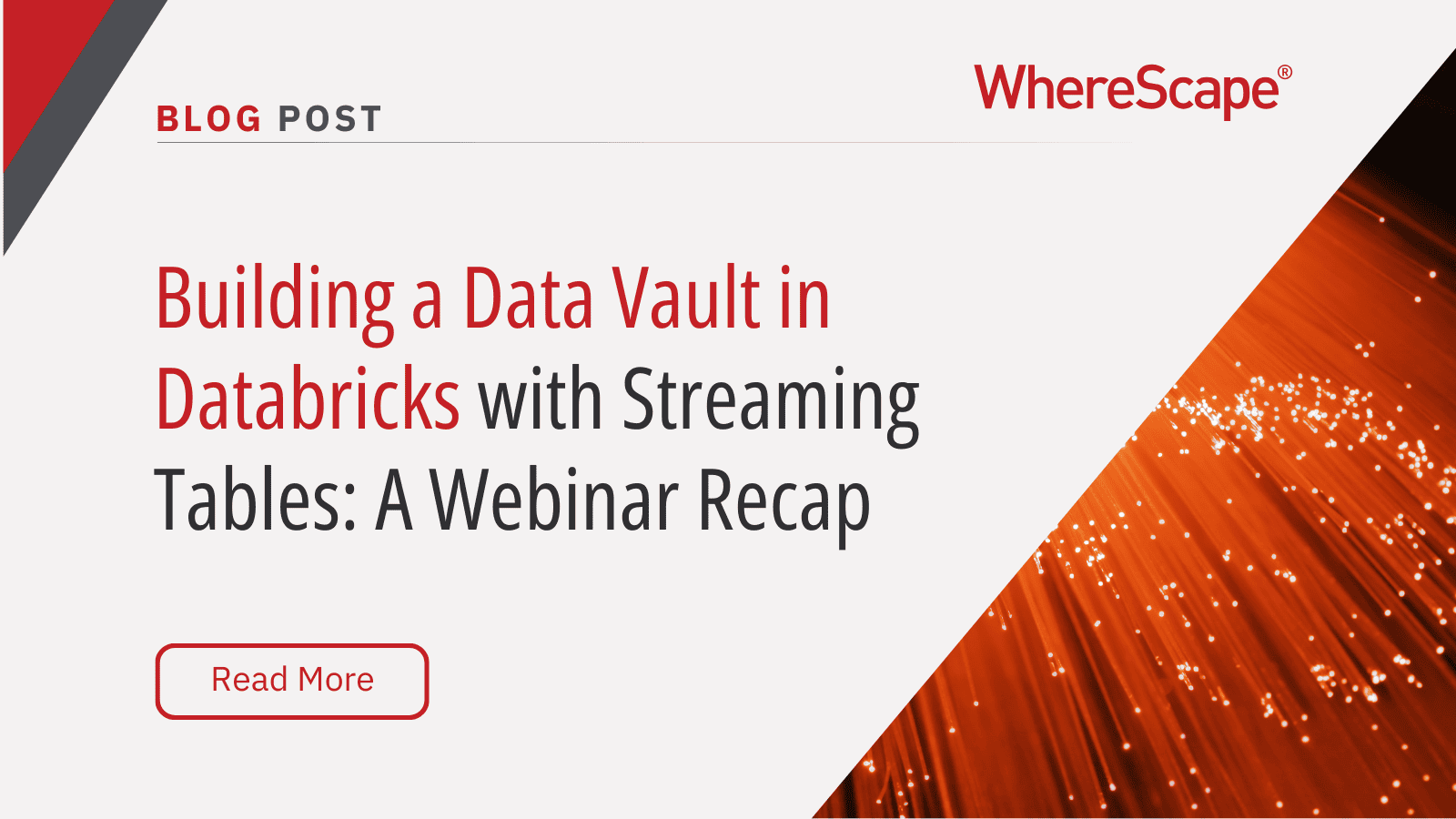Tune in for a free, live virtual hands-on lab...
Navigating Data Governance with WhereScape 3D
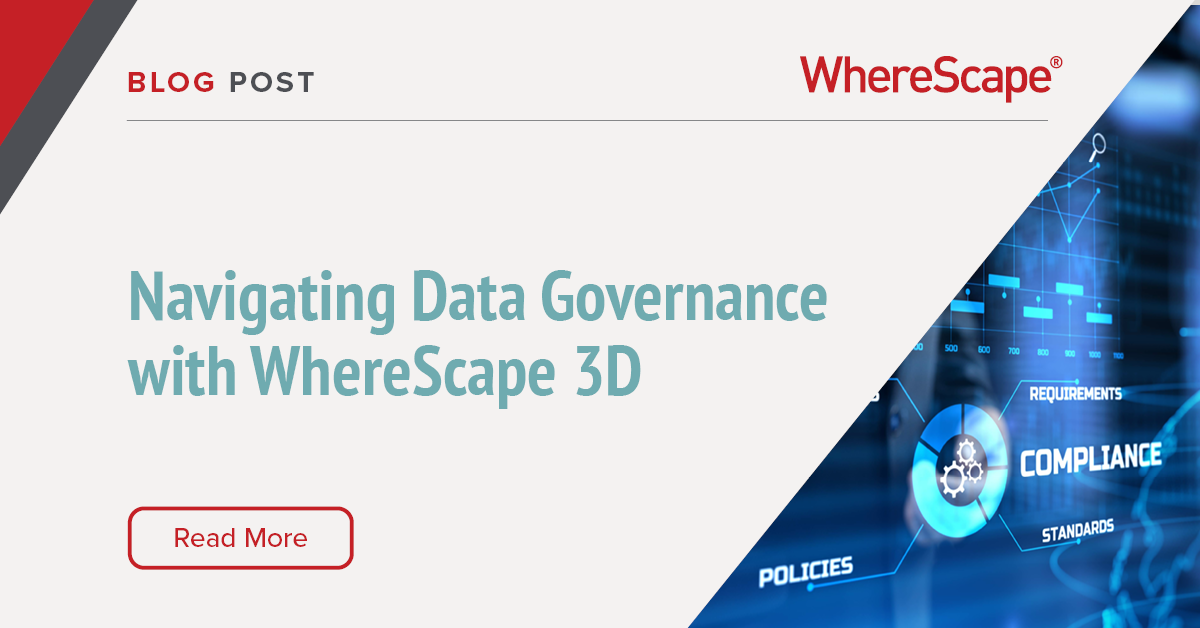
Properly managing and organizing data allows businesses to not only understand crucial patterns and trends, but also to leverage that data in strategic ways that grow revenue over time. Data drives decision-making and paves the way for innovation when used properly. Understanding and implementing effective data governance that can drive businesses is critical for smooth business operations and efficient processes. Tools like WhereScape 3D make data governance manageable and accessible for organizations of all types and sizes.
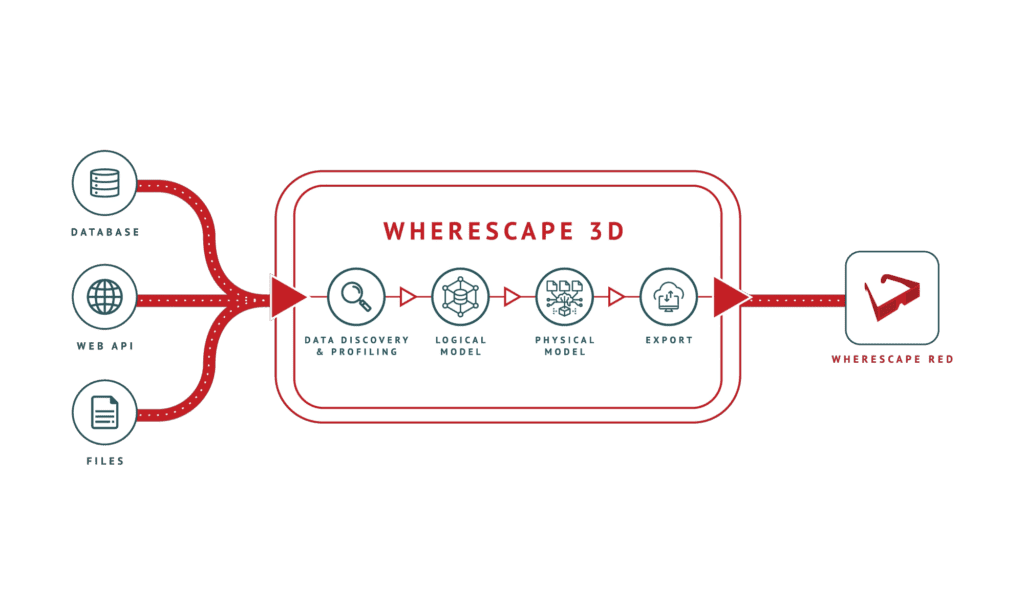
Understanding the Fundamentals of Data Governance
Learn the core aspects of data governance to process data with confidence and consistency.
What Is Data Governance and Why Is It Critical?
The term data governance refers to an array of practices and processes organizations use to ensure reliable and organized management of data assets. Proper data governance gives organizations repeatable processes and systems that streamline the following:
- How data is acquired
- How data is managed
- How data is maintained
- How data is used across an organization
With effective data governance, organizations keep data assets accurate and secure while making them available across departments as needed. Data governance also helps ensure data compliance, reduce data management costs, and improve strategic decision-making throughout the organization. Through data governance, organizations can better measure the success of their initiatives, securely store staff and customer data, understand patterns in sales data, and much more.
The Pillars of Effective Data Governance
Implementing effective data governance requires the optimization of several key pillars. The main pillars of effective data governance are as follows:
- Discovery: This pillar involves gaining an understanding of all of the different data assets an organization has on-premises, in the cloud, and in SaaS applications.
- Classification: Data governance also involves assigning data to different categories. These categories can include customer data, product data, sales data, and financial data.
- Policy: Organizations must decide what data types to keep, how to store them, and what to do with different data types or categories.
- Rules: In data governance, rules help enforce policies. As an example, organizations that store personally identifiable data about customers or staff must properly mask that data to ensure security and compliance.
- Metadata: Logging metadata is the process of repackaging and labeling useful data. This process tells users about the data itself so they can easily find and use it.
Ensuring Data Quality Management Through Automation
Tools for automated data governance such as WhereScape 3D contribute to maintaining high data quality standards. These tools not only increase efficiency by automating repetitive tasks, they also reduce errors and ensure that data quality management and classification remain consistent, accurate, and trustworthy.
Navigating Data Governance and Compliance with Confidence
Various pillars of data governance intersect directly with regulatory compliance around handling data. These regulations cannot be taken lightly, as breaching them can have long-term negative impacts on your organization and your customers. Instead of handling compliance manually where human error is likely to occur occasionally, organizations can opt for automated data governance tools that automate compliance tasks like data tracking, documentation, and masking.
Revolutionizing Data Governance with Automated Solutions
Automated data governance solutions like WhereScape 3D represent a revolution in data governance, uncovering a whole new world of efficiency, accuracy, accessibility, and organization.
How WhereScape 3D Automates Data Governance Processes
WhereScape 3D facilitates automated data governance by auto-generating and updating documentation in real-time as teams work. Maintaining accurate and comprehensive documentation is a crucial aspect of data governance that can require countless hours of skilled employee time without the use of tools like these. Ensure high-quality data governance and compliance with the efficiency and accuracy of WhereScape 3D.
Achieving Comprehensive Data Governance and Compliance
Preparing for audits and ensuring ongoing compliance protocols are continuously met can require extensive labor hours from data teams. Automated data governance solutions like WhereScape 3D help alleviate this burden while improving accuracy.
Automating Compliance Reporting and Auditing with WhereScape 3D
Save time and resources, even when preparing for audits and ensuring compliance. WhereSpace 3D generates detailed reports and documentation with a single click. By leveraging metadata, data lineage tracking, and warehouse structure, WhereSpace creates in-depth reports and necessary documents to ensure data governance and compliance goals are met.
Enhancing Data Security Management with WhereScape 3D

One of the most important aspects of data governance is data security. Ensuring that the right departments have access to precisely the right data – no more, and no less – helps protect the integrity of data throughout the organization.
Safeguarding Your Data Assets in the Automation Age
WhereScape 3D empowers data teams to efficiently manage access control, data and compliance audits, and other security measures within the data governance framework, without additional resource or time investments. Automated data security management means you can safeguard data assets in an increasingly uncertain digital age.
The Future of Data Governance: Automation and Beyond
Keeping up with the latest developments in data governance tools and technology can help organizations optimize efficiency and reduce errors in data quality management.
The Evolving Landscape of Automated Data Governance
Automated data governance technology is changing and evolving quickly. Increasingly, organizations are coming to appreciate data as a strategic asset and implement processes that recognize and leverage this fact. At the same time, regulatory requirements are increasing constantly to protect data privacy.
These key factors are paving the way for various trends in the future of data governance:
- Increased reliance on automation, AI, blockchain, and machine learning technologies
- More awareness and greater regulations on data privacy and security
- Renewed focus on data quality management as more teams rely on data for large decisions
- Growing suite of regulatory technology (RegTech)
As the scale and complexity of data governance continue to grow, the reliance on automation technology like WhereScape will as well.
Case Studies: Success Stories of Automated Data Governance
WhereScape 3D has helped transform several organizations through automated data governance.
Real-World Examples of Transformative Data Governance with WhereScape 3D

Among the many organizations that have benefited from WhereScape solutions is Toyota Financial Services. They were struggling to integrate data from various sources, all in different formats. With WhereScape 3D, data teams were finally able to handle diverse data sets with ease. The introduction of automated ETL technology allowed for an 11X increase in developer productivity.
Implementing Automated Data Governance with WhereScape 3D
WhereScape 3D is the best tool for data governance automation. Get started with a demo today!
Steps to Leverage WhereScape 3D for Your Data Governance Needs
Booking a demo with the WhereScape team is the best way to begin leveraging the WhereScape suite of tools for your data governance needs. Every organization is different, and WhereScape is here to help meet you where you are to automate your data governance process. With WhereScape, you’ll follow streamlined guidance for planning, deployment, and ongoing management of your data governance tasks and processes.
Embracing automated data governance solutions like WhereScape 3D paves the way for organizations to improve data security management, stay compliant, reduce errors, and fully leverage data assets. Adding efficiency and accuracy in these areas means more strategic business and better use of resources across departments. Request your demo today.
ETL vs ELT: What are the Differences?
In working with hundreds of data teams through WhereScape’s automation platform, we’ve seen this debate evolve as businesses modernize their infrastructure. Each method, ETL vs ELT, offers a unique pathway for transferring raw data into a warehouse, where it can be...
Dimensional Modeling for Machine Learning
Kimball’s dimensional modeling continues to play a critical role in machine learning and data science outcomes, as outlined in the Kimball Group’s 10 Essential Rules of Dimensional Modeling, a framework still widely applied in modern data workflows. In a recent...
Automating Data Vault in Databricks | WhereScape Recap
Automating Data Vault in Databricks can reduce time-to-value by up to 70%—and that’s why we hosted a recent WhereScape webinar to show exactly how. At WhereScape, modern data teams shouldn't have to choose between agility and governance. That's why we hosted a live...
WhereScape Recap: Highlights From Big Data & AI World London 2025
Big Data & AI World London 2025 brought together thousands of data and AI professionals at ExCeL London—and WhereScape was right in the middle of the action. With automation taking center stage across the industry, it was no surprise that our booth and sessions...
Why WhereScape is the Leading Solution for Healthcare Data Automation
Optimizing Healthcare Data Management with Automation Healthcare organizations manage vast amounts of medical data across EHR systems, billing platforms, clinical research, and operational analytics. However, healthcare data integration remains a challenge due to...
WhereScape Q&A: Your Top Questions Answered on Data Vault and Databricks
During our latest WhereScape webinar, attendees had fantastic questions about Data Vault 2.0, Databricks, and metadata automation. We’ve compiled the best questions and answers to help you understand how WhereScape streamlines data modeling, automation, and...
What is Data Fabric? A Smarter Way for Data Management
As of 2023, the global data fabric market was valued at $2.29 billion and is projected to grow to $12.91 billion by 2032, reflecting the critical role and rapid adoption of data fabric solutions in modern data management. The integration of data fabric solutions...
Want Better AI Data Management? Data Automation is the Answer
Understanding the AI Landscape Imagine losing 6% of your annual revenue—simply due to poor data quality. A recent survey found that underperforming AI models, built using low-quality or inaccurate data, cost companies an average of $406 million annually. Artificial...
RED 10: The ‘Git Friendly’ Revolution for CI/CD in Data Warehousing
For years, WhereScape RED has been the engine that powers rapidly built and high performance data warehouses. And while RED 10 has quietly empowered organizations since its launch in 2023, our latest 10.4 release is a game changer. We have dubbed this landmark update...
The Assembly Line for Your Data: How Automation Transforms Data Projects
Imagine an old-fashioned assembly line. Workers pass components down the line, each adding their own piece. It’s repetitive, prone to errors, and can grind to a halt if one person falls behind. Now, picture the modern version—robots assembling products with speed,...
Related Content
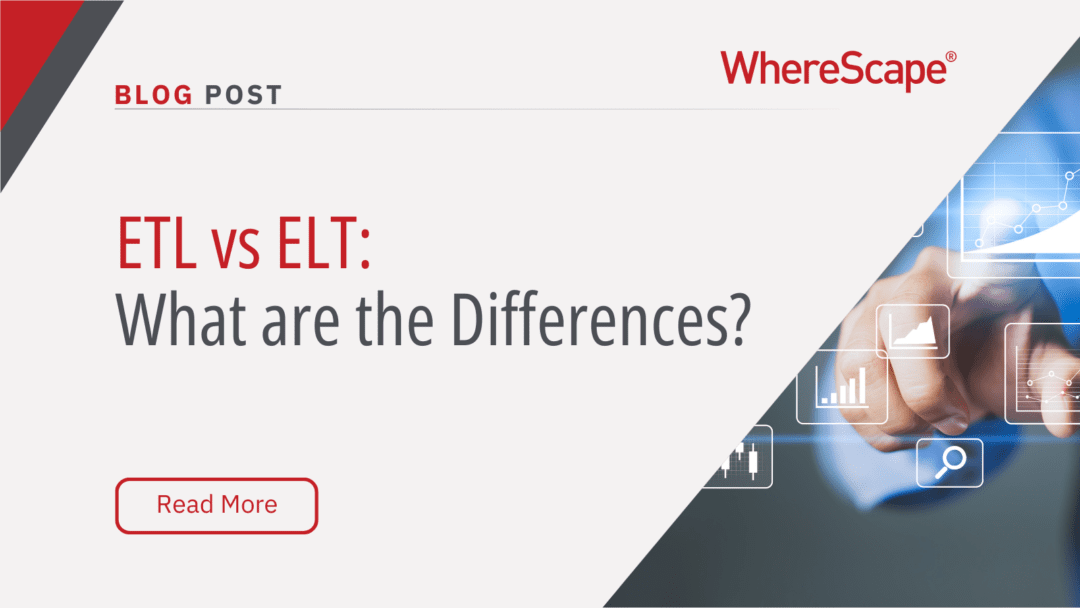
ETL vs ELT: What are the Differences?
In working with hundreds of data teams through WhereScape’s automation platform, we’ve seen this debate evolve as businesses modernize their infrastructure. Each method, ETL vs ELT, offers a unique pathway for transferring raw data into a warehouse, where it can be...
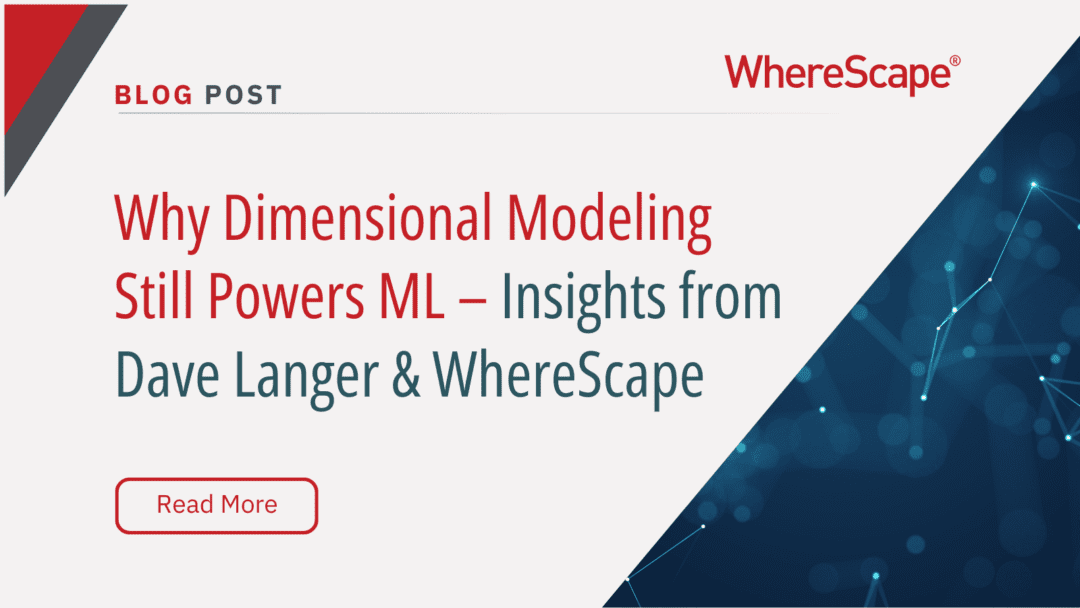
Dimensional Modeling for Machine Learning
Kimball’s dimensional modeling continues to play a critical role in machine learning and data science outcomes, as outlined in the Kimball Group’s 10 Essential Rules of Dimensional Modeling, a framework still widely applied in modern data workflows. In a recent...
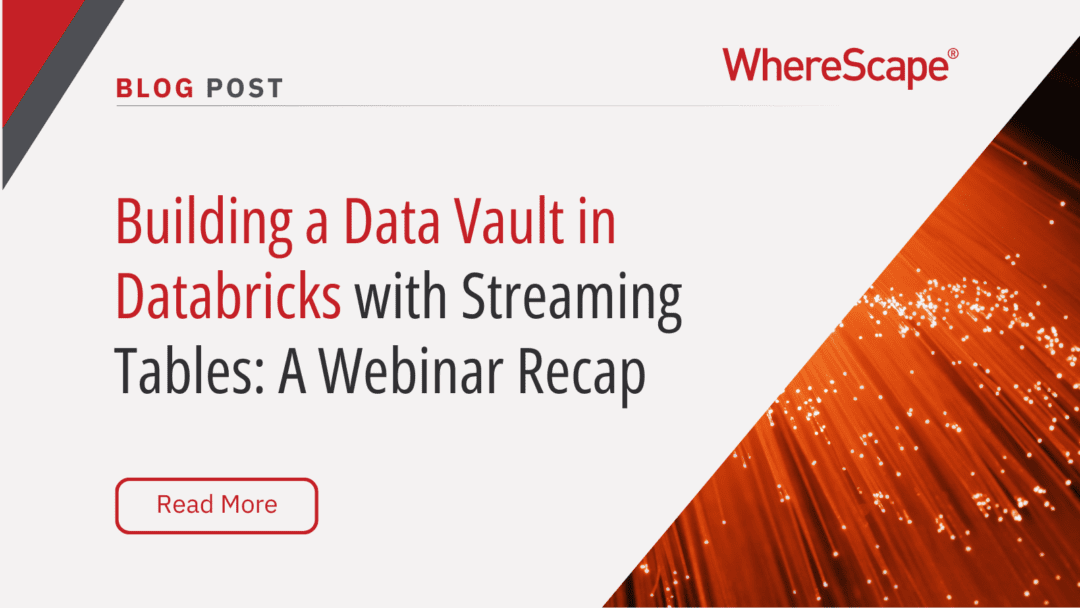
Automating Data Vault in Databricks | WhereScape Recap
Automating Data Vault in Databricks can reduce time-to-value by up to 70%—and that’s why we hosted a recent WhereScape webinar to show exactly how. At WhereScape, modern data teams shouldn't have to choose between agility and governance. That's why we hosted a live...
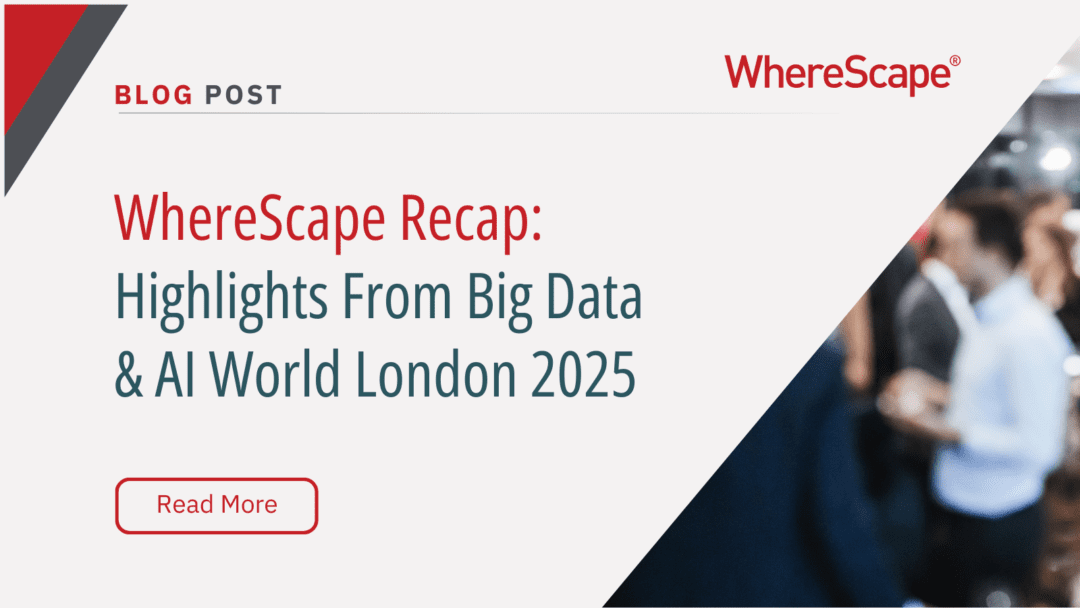
WhereScape Recap: Highlights From Big Data & AI World London 2025
Big Data & AI World London 2025 brought together thousands of data and AI professionals at ExCeL London—and WhereScape was right in the middle of the action. With automation taking center stage across the industry, it was no surprise that our booth and sessions...

